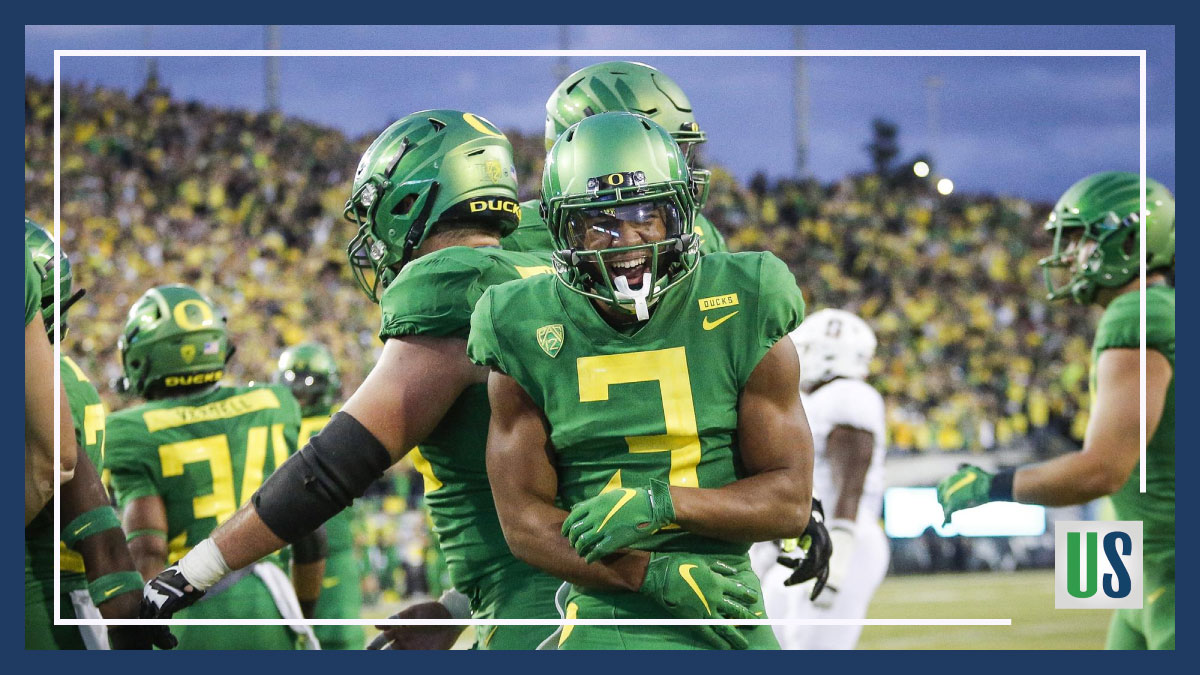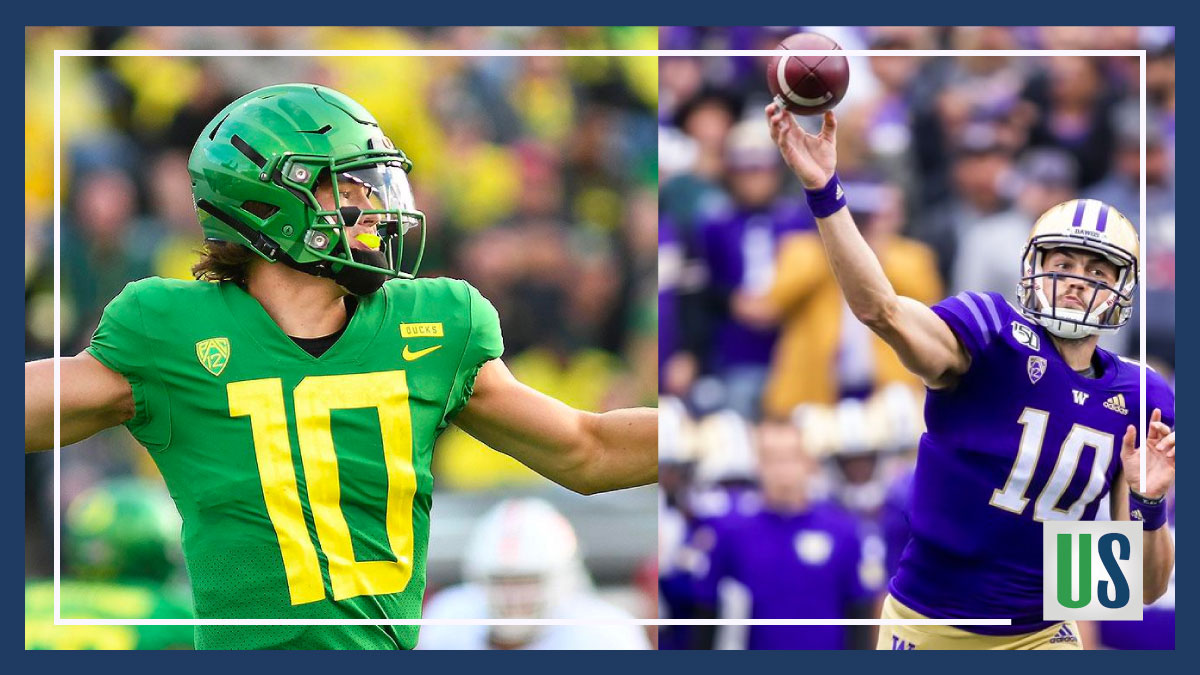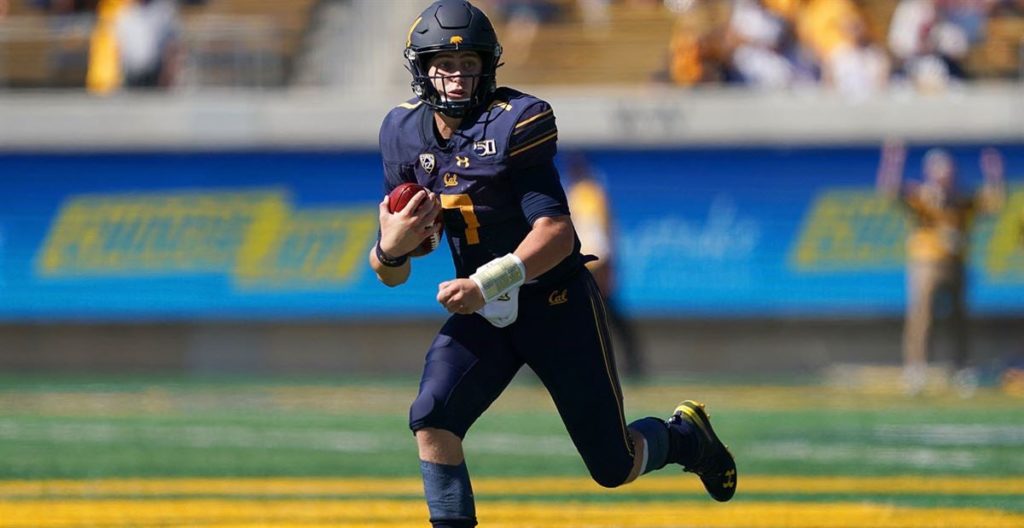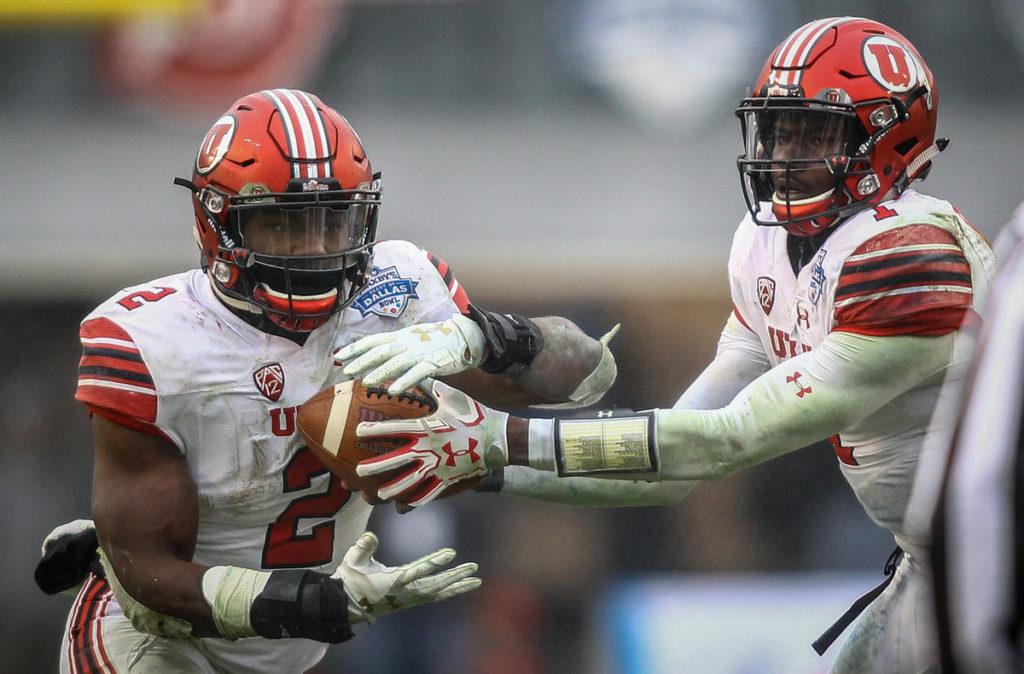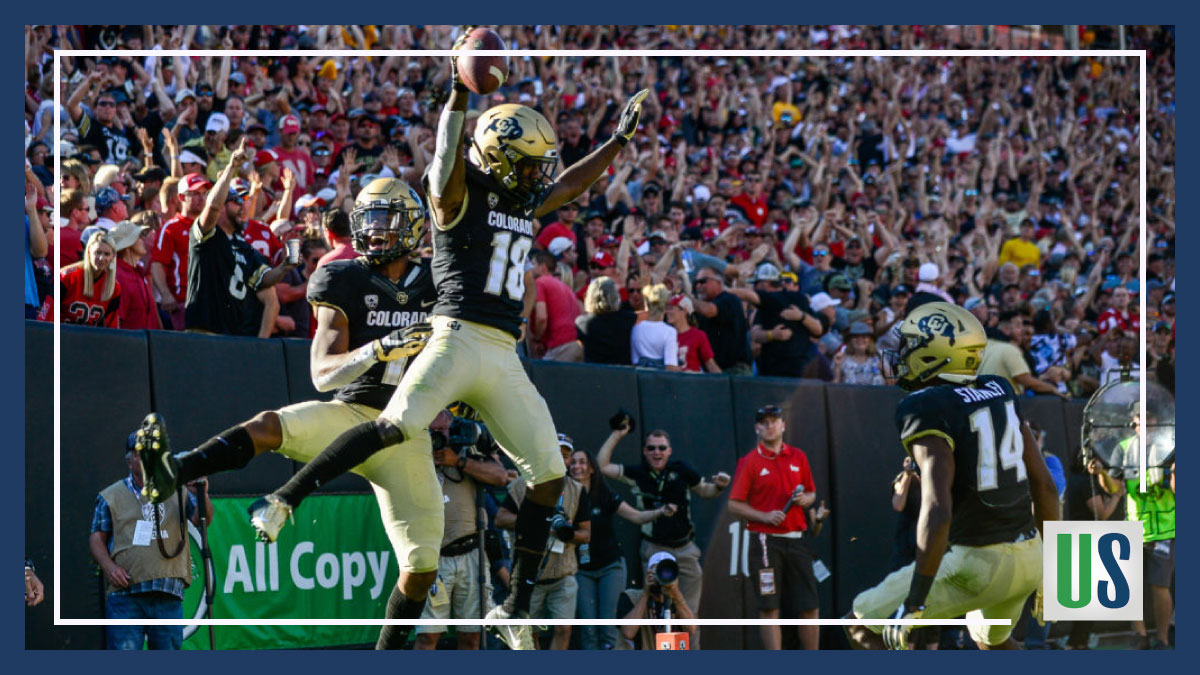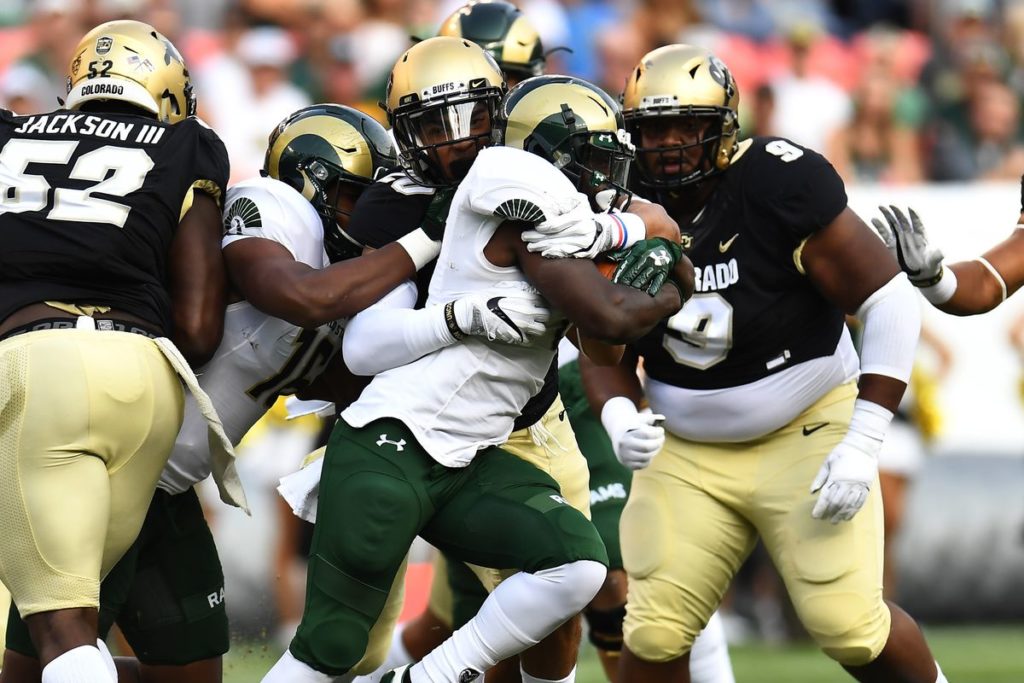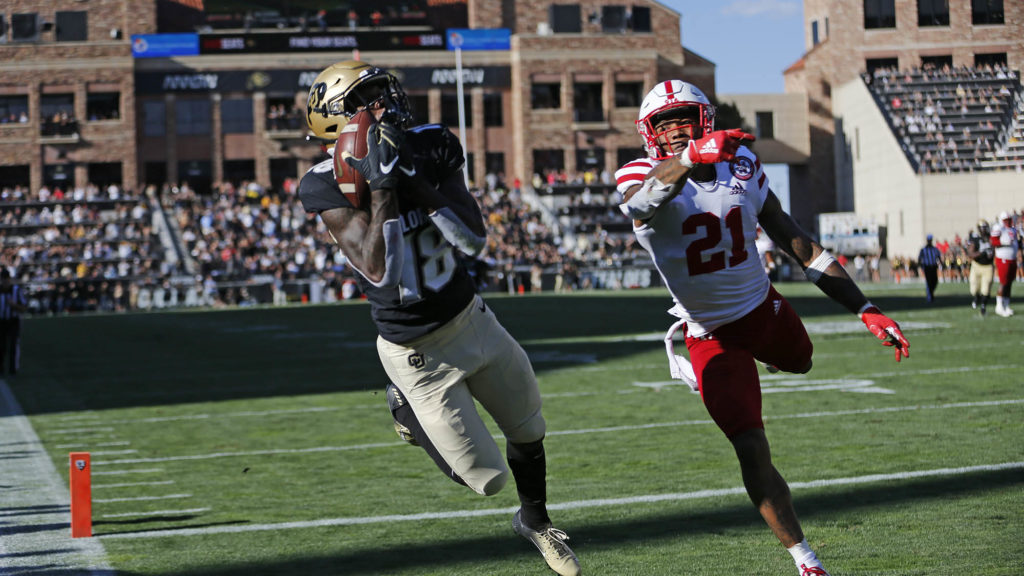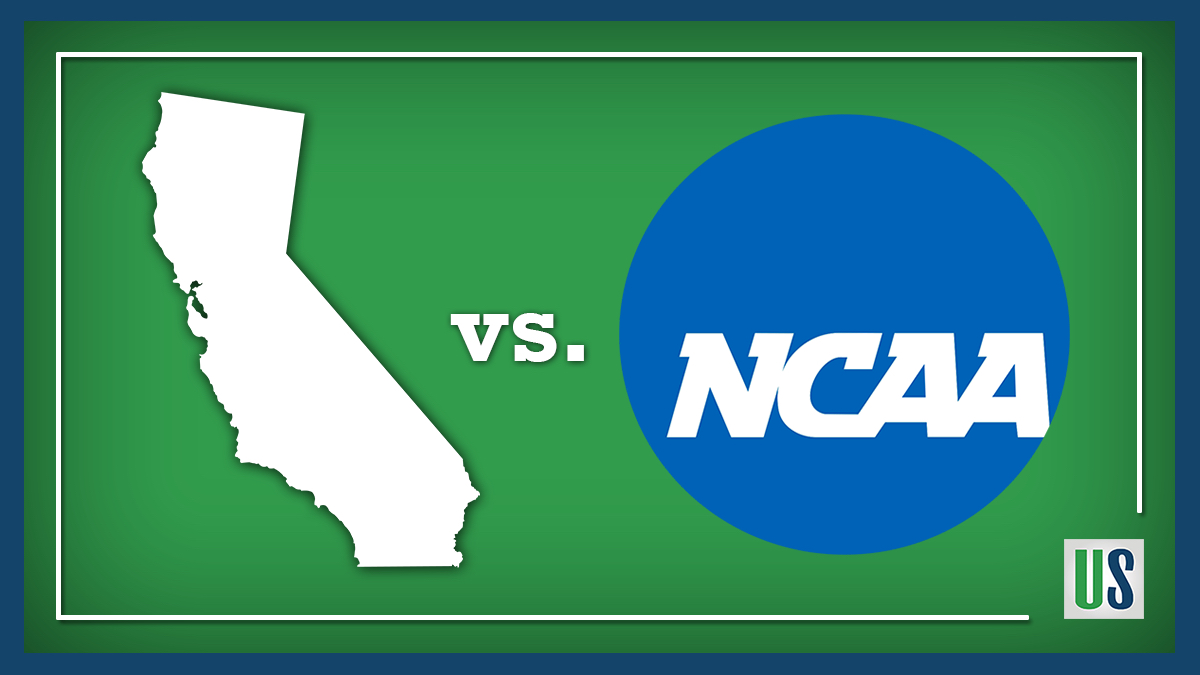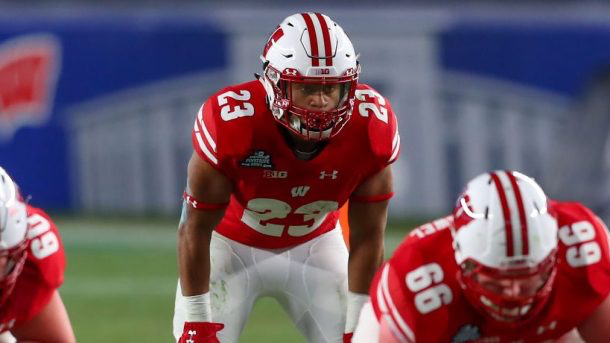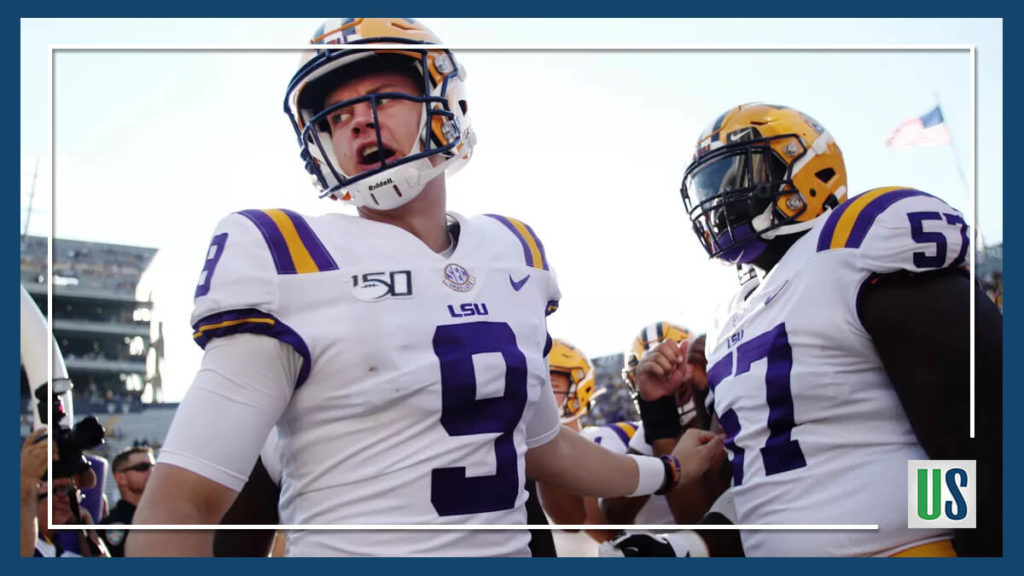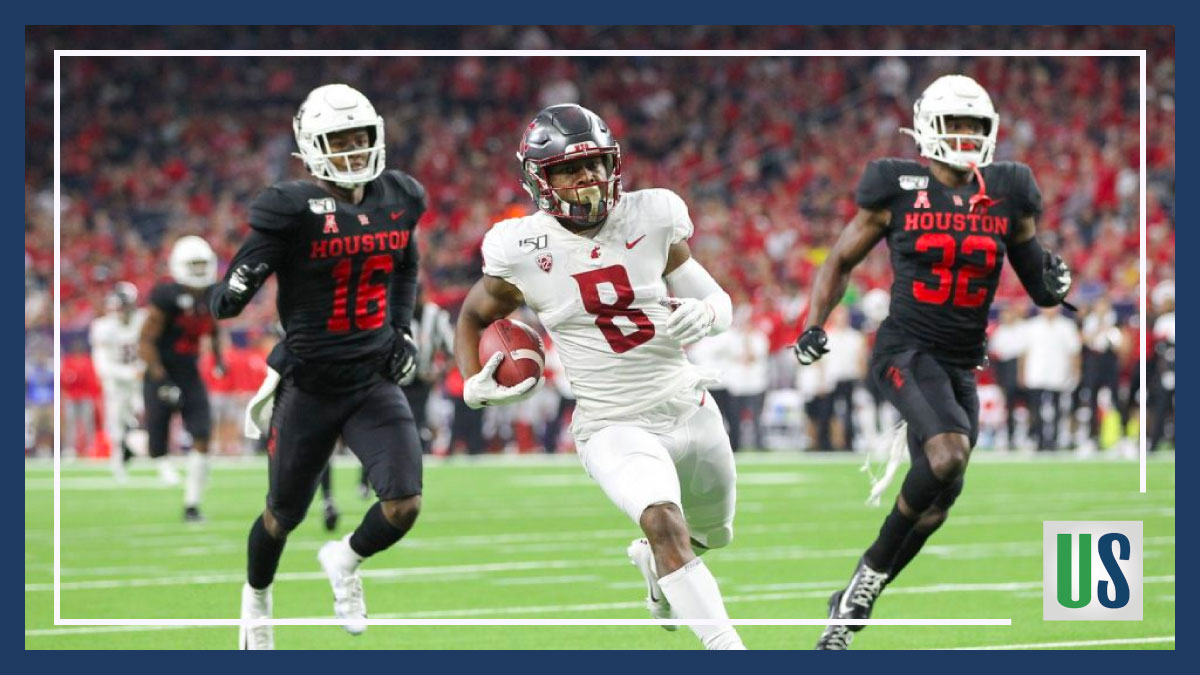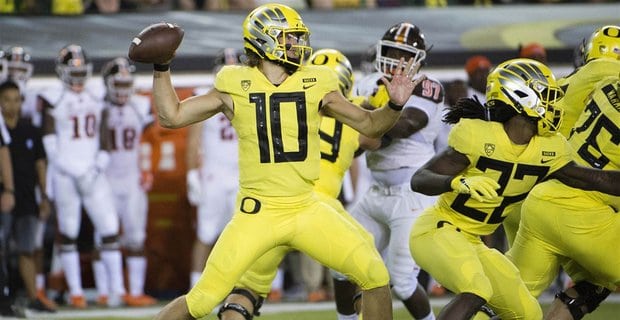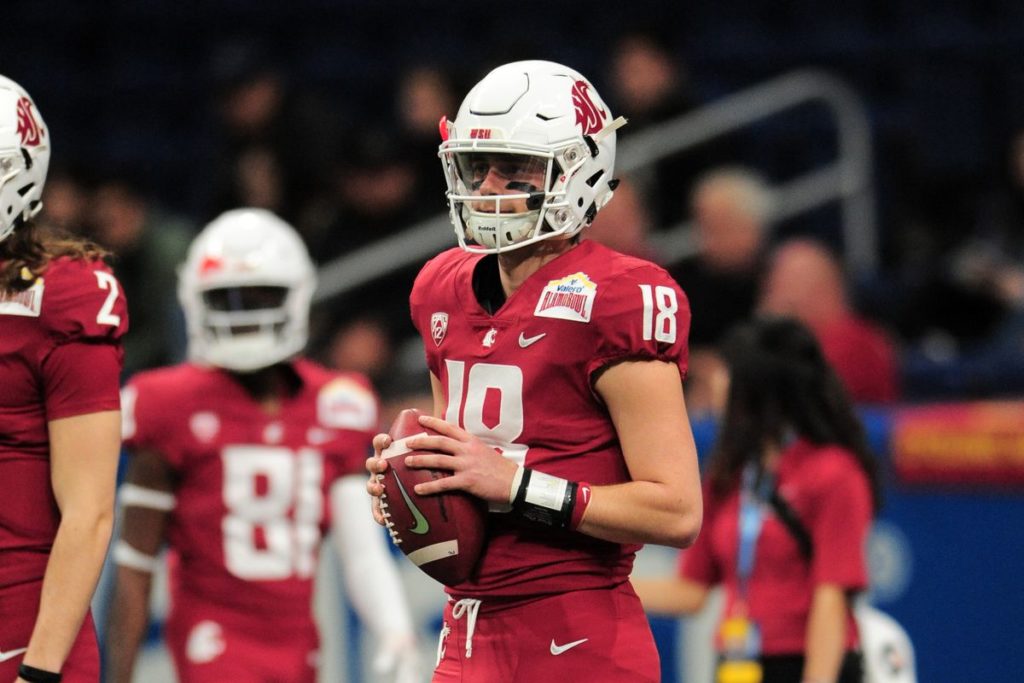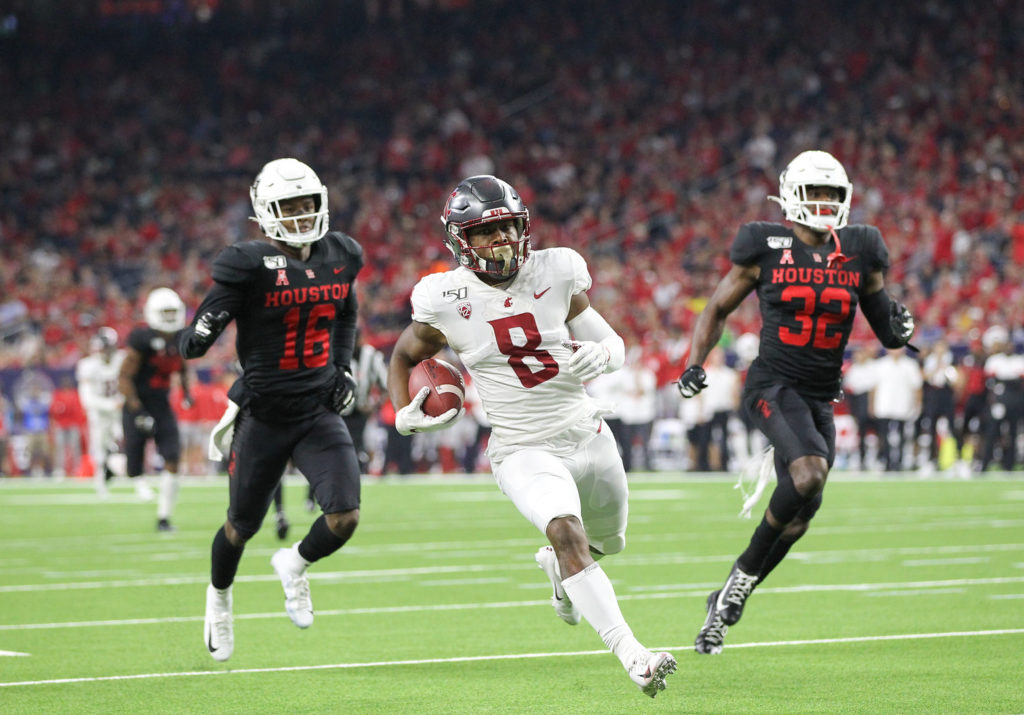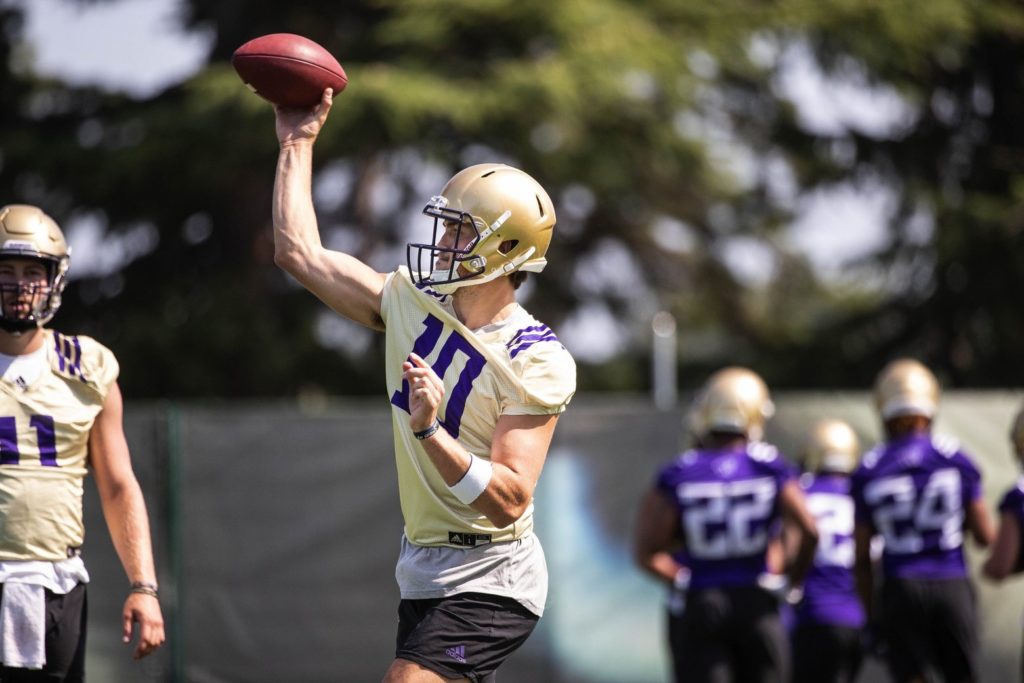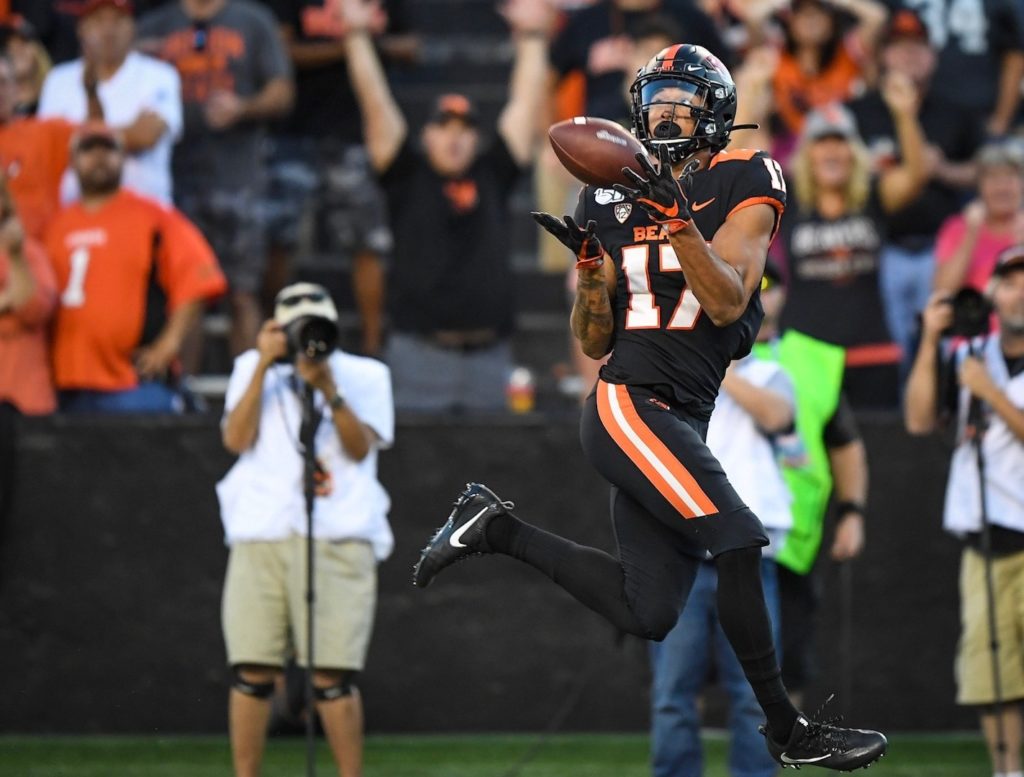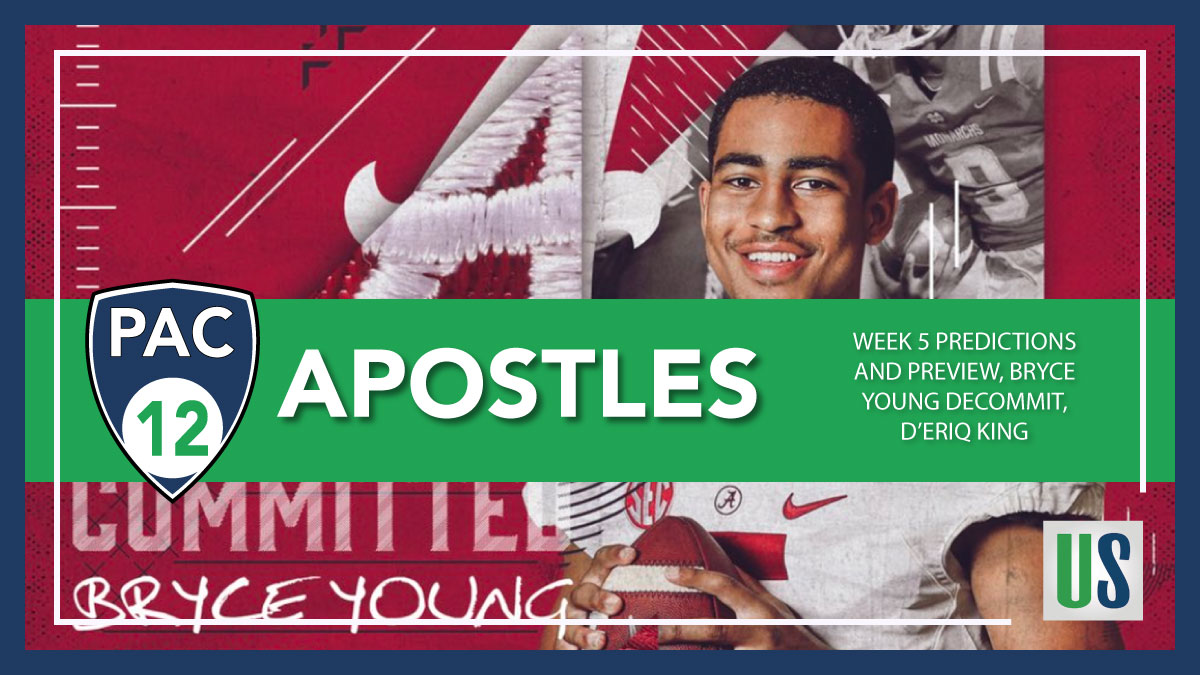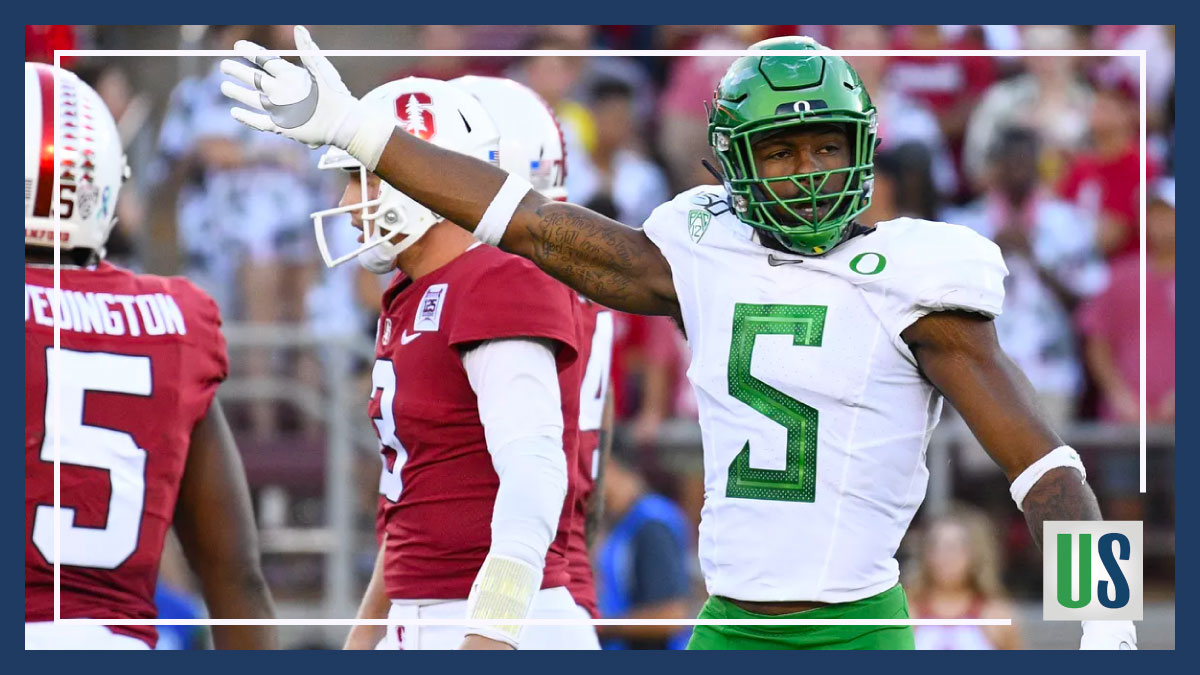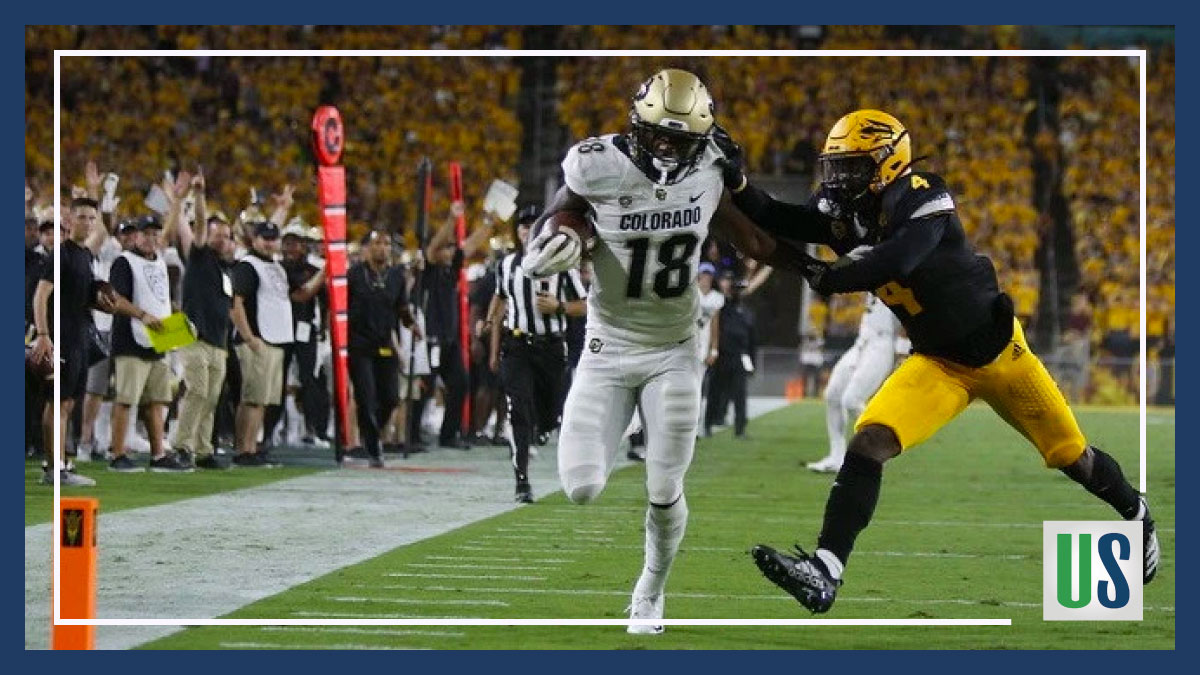For the 2019 Oregon Ducks football team, a bye week in college football’s week five is just what the doctor ordered. After a slew of injuries to the wide receiving corps in the preseason and the absence of standout center Jake Hanson against Stanford, Oregon enters the week six healthy and ready for a tough gauntlet of Pac-12 games.
They also enter week six with a record 3-1, their only loss coming in week one to a still undefeated Auburn Tigers program. This is good news for Oregon football and its fans, as the Ducks have disposed of Stanford and flashed signs of why they should be considered a favorite to win the Pac-12.
After a narrow loss to the Tigers in week one, the Ducks obliterated Nevada, made easy work of Montana and triumphed on the farm. Yet it has not been the offense — a signature of Oregon’s college football reputation — that has secured victories.
Allowing zero touchdowns in the past three games, Oregon’s defense under new defensive coordinator Andy Avalos has been the most impressive. The Ducks have been aggressive, disciplined and used a shutdown secondary to be one of the most impressive defenses in 2019 so far. And while the level of opponents they’ve faced in recent weeks leaves more to be desired, no touchdowns allowed in three games is no joke.
The Oregon offense, meanwhile, has shown flashes of greatness and vulnerability. Their performance against Auburn is an outstanding representation of both.
After jumping out to a 14-3 lead and looking the dominant team, the Ducks scaled-back against the Tigers and failed to forward early momentum. They lost their muster and eventually the game, scoring just once more while Auburn mounted a comeback.
Some of this has been blamed on offensive coordinator Marcus Arroyo, who attempted to prove doubters wrong with a 77-point explosion against Nevada. Yet the Ducks looked inconsistent against Montana and failed to get anything going against Stanford, instead relying on scoring drives sprinkled here-and-there.
Is this the beginning of a new era for Oregon? One in which the defense commands attention and the offense plays more conservative? If the Ducks are to be serious contenders in the Pac-12 and have a shot at the College Football Playoff, they’ll need to figure that out soon.
2019 Oregon Ducks Strengths
Defense: No surprise here. Oregon’s defense has been its biggest strength in 2019. With an experienced secondary and front seven, the Ducks have stifled opposing offenses throughout the young season. Most impressive has been the play of Oregon’s corners and the way they’ve adapted to the nickel position and STUD position Andy Avalos loves to incorporate. The Oregon defense has been aggressive, instinctive and dominant. If they continue to hold ground, they could be the top defensive unit in the Pac-12 at year’s end.
Wide Receivers: Big surprise here. After suffering a number of injuries to key wide receivers before the season began, Oregon’s healthy receivers have been nothing but impressive throughout 2019. Johnny Johnson III and Jacob Breeland (technically a tight end) are particular standouts.
Now that the Ducks are healthier at wide receiver and expecting Juwan Johnson, Mycah Pittman and Brenden Schooler back this week, they may have almost too many standouts to distribute to. Poor Justin Herbert.
2019 Oregon Ducks Weaknesses
Consistency: The Ducks have been frustratingly inconsistent in 2019. At times they’ve looked like a top-10 team while at others completely lost. Oregon has failed, outside Nevada, to really separate from teams as they have in the past. If they’re going to challenge for the Pac-12 crown, they’ll need to put together more dominating quarters and halves of play.
Running Game: As surprising as Oregon’s dominant receivers has been the Ducks’ less-than-dominating rushing attack. Neither C.J. Verdell or Travis Dye has emerged as a lead back, each flashing speed but consistently looking hesitant to hit holes and take charge. With as lauded as Oregon’s offensive line is, the backs need to do a better job of hitting holes and running with confidence.
Offensive MVP: Offensive lineman Penei Sewell
You read that right. Sophomore offensive lineman Penei Sewell has been the offensive MVP for the Oregon Ducks so far in 2019. Already establishing a name for himself as a true freshman, Sewell has continued to impress both a Pac-12 and national audience. He has been dominant, tenacious and consistently rated as one of the best offensive linemen in the nation.
Defensive MVP: Safety Jevon Holland
Jevon Holland will be a first-round pick in a future NFL Draft. A true sophomore, Holland has imposed his will against opposing receivers and been confident in stepping into the nickel position when called upon. Showcasing a knack for reading the quarterback, Holland has two interceptions and been critical in preventing big plays. Even more, Holland uses his speed and physicality to step up and help stuff the run and short passing game, posting 21 tackles on the year (15 solo).
Most Surprising Player: Wide receiver Johnny Johnson III
Those in the Oregon program are not surprised by wide receiver Johnny Johnson III’s numbers but the rest of the nation may be. After taking a backseat to other receivers in the past, Johnson’s work ethic and drive have clearly paid off. He has been Oregon’s best true receiver and leads the group in targets and yards. And though his production may drop with the addition of Juwan Johnson, Mycah Pittman and Brenden Schooler, look for Johnson III to be a consistent force for the Ducks throughout 2019.
2019 Oregon Ducks Bye Week
Oregon is rightfully the highest-ranked team in the Pac-12. They have looked the most impressive, been the least vulnerable and are returning key players from injury. That said, the Ducks being ranked behind two other one-loss teams in the current college football rankings is also justified. For all their strengths they have shown a few weaknesses that could hurt them down the road, inconsistency being the big one.
The Ducks will need to shore up those issues fast, as they are entering the toughest part of their schedule. With a big game against California this week, Oregon then hosts Colorado, heads to Washington and hosts Washington State to finish a tough October schedule. Games against California and Washington may prove the toughest of these matchups.
If Oregon manages to showcase their abilities and put together more consistent play, the Ducks could continue to shoot up the college football rankings and establish themselves as a legitimate College Football Playoff contender.

